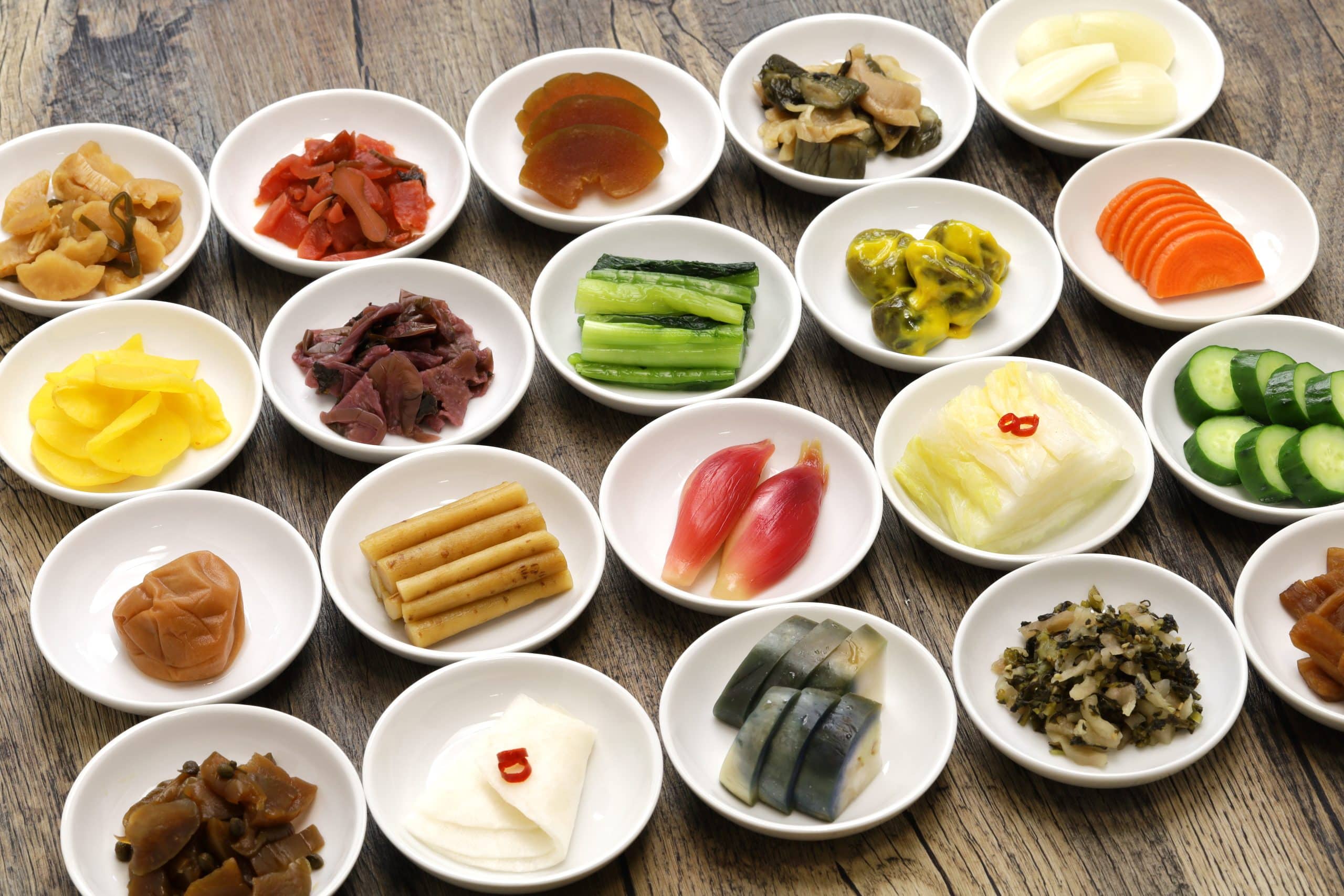Fermented foods have been a key component of nutrition across many cultures for thousands of years, not only providing a way to preserve food but also offering rich flavor profiles and nutritional benefits. From Asia to Europe, every region has its unique fermentation traditions. In this blog post, we’ll take a brief journey through different cultures and explore how fermented foods hold a special place in their culinary heritage.
Fermented Foods in Asia: The Legacy of Japan, Korea, and China
Asia is home to some of the most diverse fermented foods. In Japanese cuisine, fermented products play an essential role in enhancing flavor. Miso and natto are particularly rich in probiotics, which support gut health. Miso is made from fermented soybeans with salt and a type of mold known as koji, commonly used in soups. Natto, on the other hand, is a strong-flavored food made from fermented soybeans through bacterial fermentation.
Korean cuisine is also known for its variety of fermented foods, with kimchi being the most famous. This fermented vegetable dish, often made from cabbage, garlic, chili, and ginger, is a staple on Korean tables, underscoring the deep-rooted connection between the culture and fermented foods.
In China, fermented foods are valued for their nutritional content. Doubanjiang and fermented black beans are widely used condiments in Chinese cuisine. Doubanjiang, a mixture of chili and fermented beans, is particularly known for its intense flavor. Additionally, fermented tea, such as pu-erh, is popular for its digestive benefits.
Fermented Foods in the Middle East and the Mediterranean: Thousands of Years of Tradition
In the Middle East and the Mediterranean, fermented dairy and vegetables are central. Yogurt is one of the most popular fermented foods in this region. In countries like Turkey, Greece, and across the Middle East, yogurt is a dietary staple, made by fermenting milk bacteria. It is rich in probiotics, supporting gut health. Labneh, a type of strained yogurt, is also very popular.
Fermented vegetables play a crucial role here as well. Pickles, made from cucumbers, peppers, or eggplants, are commonly consumed in countries such as Turkey, Greece, and Lebanon. Fermented olives are another staple, often preserved in brine and found on Mediterranean tables for their rich flavors.
Fermented Foods in Europe: A Preserved Taste
Europe is home to a rich diversity of fermented foods. In countries like Germany and Poland, sauerkraut, or fermented cabbage, is one of the most famous examples. It is made by fermenting cabbage with salt and is usually served as a side dish to meats.
In France and Italy, cheese-making is a prime example of fermentation. Famous cheeses like Roquefort and Camembert are produced by fermenting milk with mold, giving them their distinctive flavors. Cheese is both a method of preservation and a culinary art form in European culture.
Fermented Foods in America: From Tradition to Modern Cuisine
In America, fermentation has drawn inspiration from traditional European and Asian cuisines, blending these practices with modern culinary innovations. Recently, fermented drinks like kombucha have become extremely popular. Kombucha is made by fermenting tea with sugar and is rich in probiotics.
Fermented hot sauces are also gaining popularity in the U.S. In Mexican and Louisiana cuisine, fermented chili sauces bring a distinct heat and flavor to dishes. World-famous sauces like Sriracha are also made from fermented chilies.
Fermented foods play a unique role in every culture, from Asia to Europe. These foods not only offer high nutritional value but also add depth and diversity to culinary experiences. Fermentation as a process enhances the shelf life of food while introducing unique and bold flavors, ensuring this ancient tradition remains an integral part of our kitchens today.


